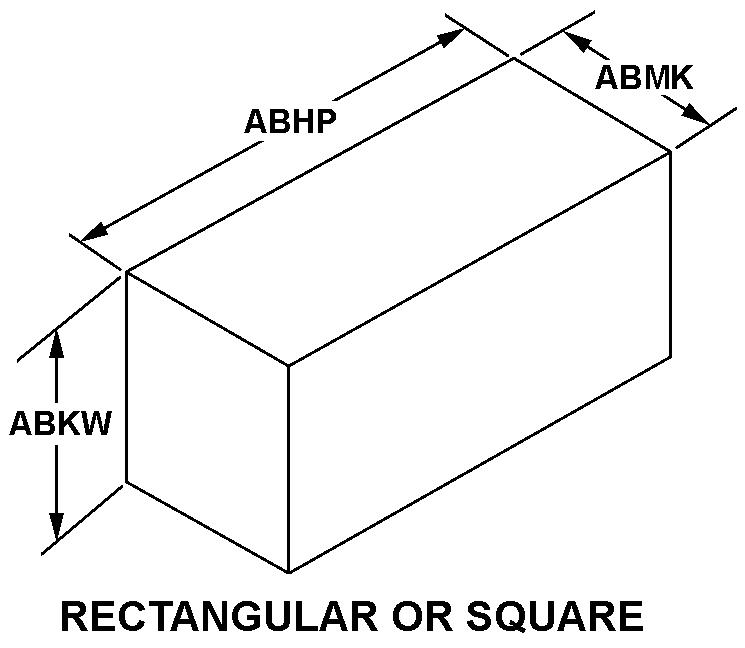5996004868910
Price Quote Get an up to date pricing and availability quote for this product. Order online or over the phone.
Quality Commitment
Serving our customers with quality and safety first.
- AS9120 Certified
- Audited supply chain
- ITAR Registered
- DDTC Registered
- HAZMAT Certified
- Customer service objectives
- Every product 100% inspected

5996-00-486-8910 Specification Set by the OEM (see RNCC code 3)
19.000in. ⁓19-1/64"
6.990in.
16.000in.
dustproof
+5.0 to 28.0 and +28.0 to 52.0 and +52.0 to 300.0
1
0.5 gravitational units and 0.012in. total excursion and 1.5 gravitational units
+20.0 to 150.0 deg fahrenheit
indefinite
rectangular or square
7000.0 feet
encased
manual
panel
local
2.9 megahertz input channel
1.0
40.0 decibels
50.000 ohms input channel
1 light
receptacle, power rear and receptacle, coaxial front and receptacle, coaxial front
4 receptacle, power external and 1 receptacle, coaxial internal and 1 receptacle, coaxial internal
115.0 single voltage
automatic gain control
single
Cross Reference Parts Part numbers that meet the specification outlined on this page and set by the OEM
Identification Item Identification Guide (IIG) and Item Name Code (INC)

Definition Definition of approved item name (AIN): "AMPLIFIER,RADIO FREQUENCY"
An electronic device whose radio frequency input signals control power from a source independent of the input signals, and delivers radio frequency output signals of greater amplitude with respect to current and/or voltage. The output signals characteristics are uniformly related to the input signals. It operates at frequencies above 20 kilohertz.
5996-00-486-8910 Material Hazmat, Precious Metals, Criticality, Enviroment, and ESD
Indicates there is no data in the hmirs and the nsn is in a fsc not generally suspected of containing hazardous materials.
Precious metal content is unknown
The item does not have a nuclear hardened feature or any other critical feature such as tolerance, fit restriction or application.
Identification Codes
HMIC: Hazardous Material Indicator Code. A one position code that identifies a hazardous item.
PMIC: Precious Metal Indicator Code. A one position code which identifies items that have precious metals as part of their content. precious metals are those metals generally considered to be uncommon, highly valuable, and relatively superior in certain properties such as resistance to corrosion and electrical conductivity.
ESD: Electrostatic Discharge. Indicates if an item is susceptible to electrostatic discharge or electromagnetic interference damage. electrostatic discharge damage occurs when an accumulation of static electricity generated by the relative motion or separation of materials is released to another item by direct contact. electromagnetic interference damage occurs when an item comes into proximity with an electrostatic or magnetic field.
ENAC: Enviromental Attribute Code. Identifies items with environmentally preferred characteristics.
CRITL: Criticality Indicator Code. Indicates an item is technically critical by tolerance, fit, application, nuclear hardness properties, or other characteristics.






